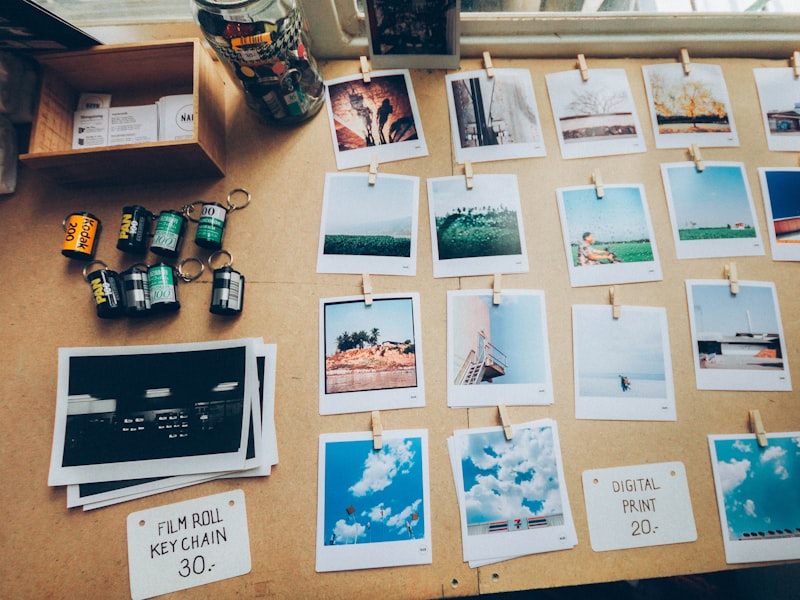Five intriguing facts about The Wine Making Process

How long does it require to make white wine?
After fermentation, the wine is then aged in barrels for a period of time, normally around 2 years. The wine is prepared and bottled to be enjoyed.
How does white wine spoil?
Red wine is a complex beverage, and as such, it is vulnerable to a number of different types of putridity. The most typical kind of wasting is described as oxidation, and it is caused by the direct exposure of wine to oxygen. When oxygen is present, it responds with the particles in wine, triggering them to break down and change. This process can cause wine to lose its taste and scent, and it can likewise make it appear brown and dull.
Another kind of spoilage is called bacterial spoilage, and it is triggered by the presence of bacteria in wine. These germs can trigger wine to ruin by producing scents and off-flavors, or by triggering the white wine to ruin.
Wine can also be spoiled by heat. When red wine is exposed to high temperature levels, it can cause the fragrances and flavors to alter, and it can likewise make the white wine appear cloudy.
How does wine ruin?
Red wine is a complicated beverage, and there are many aspects that can contribute to its putridity. White wine is made up of several compounds, consisting of water, alcohol, sugars, tannins, and acids. These compounds communicate with each other and with oxygen to develop the distinct flavor and aroma of red wine. These exact same interactions can also lead to white wine spoilage.
One of the most typical methods that white wine spoils is through oxidation. Oxygen responds with the substances in white wine, triggering them to break down and modification.
Another way that wine can ruin is through the development of germs or mold. These microbes can trigger red wine to spoil by producing scents and off-flavors, or by causing the wine to ruin. Bacteria and mold can also trigger wine to ruin by producing toxic substances that can make individuals sick.
Red wine wasting can also be brought on by physical damage to the white wine, such as by light, heat, or vibration. These physical stresses can cause the compounds in white wine to break down, causing a loss of taste and fragrance.
Finally, white wine putridity can be triggered by chemical responses, such as those that happen when red wine is exposed to certain metals or plastics. These responses can change the flavor and fragrance of red wine, and may make it risky to consume.
Wine spoilage is a complicated process, and there are lots of different aspects that can add to it. However, understanding the reasons for white wine putridity can help you to prevent it and to enjoy your red wine for as long as possible.
How does red wine ruin?
Wine is an intricate beverage, and there are many aspects that add to its putridity. https://geogenes.org/?p=646 Wine wasting can be broadly classified into 2 classifications: chemical wasting and microbial putridity.
Chemical wasting of wine is usually caused by the red wine being exposed to too much oxygen. Oxygen is a required element of the wine-making process, as it helps to bring out the wine's aromas and tastes.
Microbial wasting of wine is generally triggered by the growth of unwanted germs or fungis in the wine. These microorganisms can cause the wine to ruin by producing off-flavors and fragrances, or by causing the red wine to end up being cloudy. Some kinds of bacteria can also produce toxins that can make individuals who drink the white wine sick.
To avoid wine spoilage, it is very important to keep white wine in a cool, dark place. Wine ought to likewise be kept in an airtight container to keep oxygen out. If you are not going to drink a wine within a few weeks of opening it, it is best to move it to a smaller sized, airtight container to reduce the amount of oxygen direct exposure.
How does red wine ruin?
White wine putridity is a complicated procedure that can occur in numerous different methods. The most typical kind of red wine wasting is oxidation, which takes place when the white wine is exposed to oxygen.
Other kinds of red wine wasting include bacterial contamination, which can cause the red wine to spoil and develop off-flavors. Bacterial contamination can happen throughout the winemaking procedure, or it can happen after the red wine has been bottled.
When the red wine is saved in an environment that is too warm or too cold, white wine spoilage can also occur. The red wine can spoil due to heat damage if the wine is saved in an environment that is too warm. If the white wine is stored in an environment that is too cold, the white wine can ruin due to cold damage. https://publicpush.de/?p=2771
